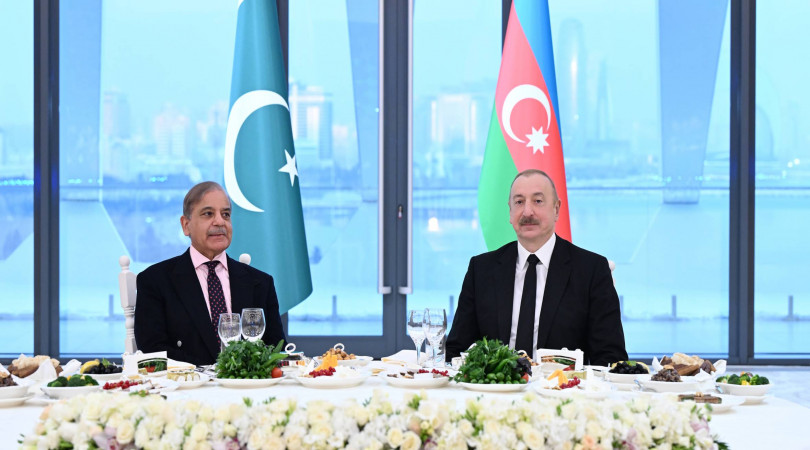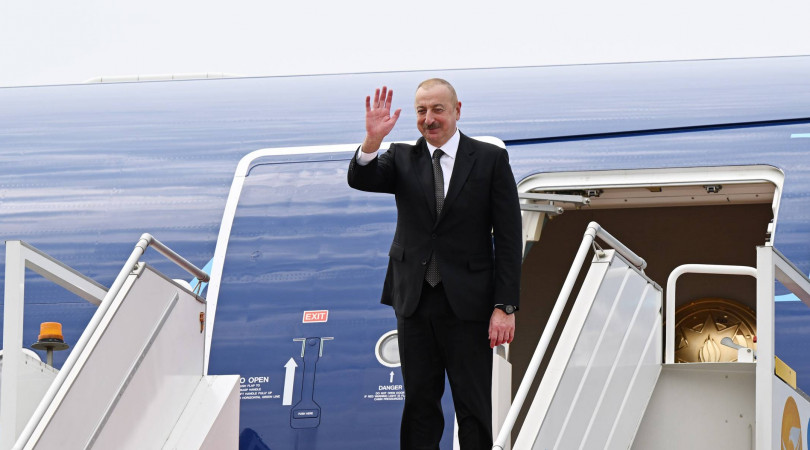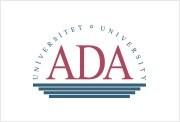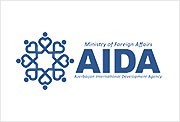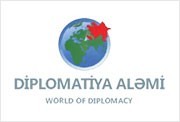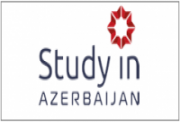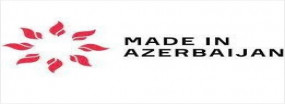BLACK FACE OF THE RED TERROR
The Soviet aggression against Azerbaijan during 70 years came to the end with the bloody tragedy on January 20, 1990. Late at that night 26,000 Soviet Special Forces called “Alfa”, without declaring state of emergency, entered to Baku and committed ferocity action against innocent Azerbaijani people. The invasion was launched at the midnight and committed with brutality and no mercy for children, women and elderly. Helsinki Human Rights Watch has addressed how the Soviet brutal army intentionally crashed unarmed peaceful civilians under their tanks. According to its reports, “among the most heinous violations of human rights during the Baku incursions were the numerous attacks on medical personnel, ambulances and even hospitals”.[1]
As a result of illegal entering of troops into Baku city and regions of the republic 133 men were killed, 611 men – wounded, 841 men illegally arrested and 5 missing. Among the victims was seven year-old boy, sixteen year-old girl, eighty years-old man, a young doctor shot in ambulance while helping another victim, and many other innocent civilians. The soldiers sacked and burnt 200 houses and apartments, 80 automobiles, including ambulance cars, the state and personal property at the result of punitive measures carried out with unprecedented brutality. [2]
The bloodiest acts of state terrorism and crime were carried out by the Soviet regime against Azerbaijani people on January 20. This massacre has been, from that time on, mentioned as the “Black January”. Looking to the background of the massacre committed by the Soviet troops, it was clearly understood that this military operation was totally planned and calculated act. This aggression against Azerbaijani people fulfilled step by step. Before the troops arrived in Baku, the Azeri Supreme Soviet and other political bodies were paralyzed; weapons were gathered from militia employees under the pretext of population disarmament. The Soviet authorities exploit the power block of televisions and stopped the broadcasting in Azerbaijan on January 19 in order to deprive population from getting information.
Foreigners were not allowed to enter to the city. Western reporters were banned from traveling to Baku to cover the events. Soviet Defense and Interior Minister, and military officials came to Baku some days before, for realization of this calculated terrorist attack. Soviet reservist, which was prepared for the special mission, had been mobilized and sent to the region exactly for fighting. Most of the Soviet militants were the orphan people prepared for the special mission.
At this point, it would be better to look at the reasons for Soviet intervention to Azerbaijan in detail. Armenia tried to use this event for their benefit, and argued that the main purpose of the Soviet Army intervention to Azerbaijan was to stop the pogrom against the Armenian population in Baku led by the Azeri people. Soviet leader M. Gorbachev used this argument to justify Soviet intervention to Azerbaijan. The military contingent entered to Baku was informed that, you are going to protect the rights of Russians and Armenians, which was violated by the local population.
But it was explicitly disinformation. The real face of the Soviet attack was totally different. At that time, Azerbaijan was subjected to aggression from neighboring Armenia. Armenia violated the territorial integrity of Azerbaijan, which was resulted the occupation of the Azerbaijan territory, and tried to unite Nagorno Karabakh to Armenia. And Moscow was supporting Armenians’ demands on this issue. In March 1988 the Central Committee of the Communist Party of the Soviet Union and the Council of Ministers of the USSR, adopted a special decision for taking Nagorno-Karabakh away from the Azerbaijani SSR. Nagorno-Karabakh was granted exclusive rights, and a further step was taken by the Centre to remove the Nagorno-Karabakh autonomous region from the control of Azerbaijan. The Presidium of the Supreme Soviet of the USSR published a statute on 12 January 1989 on the introduction of a special form of administration in the autonomous region. The administration in the autonomous region of Nagorno-Karabakh was entrusted to a specially created committee under the chairmanship of Arkady Volsky. This effectively signified the removal of Nagorno-Karabakh from the control of the Azerbaijani SSR.
The Supreme Soviet of the Armenian SSR adopted on the 1st of December 1989 a decision to annex Nagorno-Karabakh to the Armenian SSR. Beginning from 1988 there was ethnic cleansing against Azerbaijani population in Armenia and West part of Azerbaijan by Armenian military groups. Azerbaijanis living in Armenia were expelled from their own homes with unprecedented brutality and many of them, including old people, women and children, were killed. Following all of these events during that time, an Azeri national movement emerged against the background of Soviet dual policy and withdrawal of the Azeri population from their historical territory. In 1988, Azerbaijan became one of the first Soviet Republics to adopt the declaration of sovereignty, and this was a clear manifestation of independence from the Soviet point of view.
The invasion of Baku by the Soviet Army was clearly to stop the dissolution of the Communist regime, crush any opposition in Azerbaijan’s bid for independence, and preserving status quo. In the fall of 1989, the national independence movement had reached an incredible momentum with hundreds of thousands of people demonstrating for the ideals of independence and territorial integrity. For this reason, the Soviet argument to justify military intervention to Baku was just pretext. Human Rights Watch report, entitled “Black January in Azerbaijan”, clearly states: “Indeed, the violence used by the Soviet Army on the night of January 19-20 was so out of proportion to the resistance offered by Azerbaijanis as to constitute an exercise in collective punishment. Since Soviet officials have stated publicly that the purpose of the intervention of Soviet troops was to prevent the ouster of the Communist-dominated government of the Republic of Azerbaijan by the nationalist-minded, noncommunist opposition, the punishment inflicted on Baku by Soviet soldiers may have been intended as a warning to nationalists, not only in Azerbaijan, but in the other Republics of the Soviet Union.”[3]
The report of Human Right Watch on the 20 January events shows that there was no any pogrom against Armenians in Baku. It was also reported that in the list of the innocent victims of the Black January there were people from the different community of Azerbaijan, such as Russians, Jews, and also others. The Soviet argument that the Russian troops entered to Azerbaijan for stopping so-called violation against the Soviet citizen had not justification because Azeri people who died at the result of Armenian pogroms were also Soviet citizens, and Soviet army did not intervene to Armenia for stopping pogroms against Azeris. Soviet mass media did not even mention that tragedy, and crime passed over in silence. Also before that event happened in Azerbaijan, the brutal military attack of the Soviet troops to Almaty in 1986, to Tbilisi in 1989, and lately to Lithuanian capital Vilnius in 1991 prove that the 20 January event was exactly because of the political reason. It appears the last breathe of the Giant, as that era was the decline of the Soviet Empire. Beginning from the Soviet occupation to Afghanistan in the 1980s, the Soviets began a downfall from its world power position.
Followingly, some nationalist movements suddenly emerged in the Soviet Union. The Black January was a turning point in the history of Azerbaijan. This massacre did not stop the people of Azerbaijan from continuing their struggle until the achievement of the national independence of the country. Despite being subjected to military, political and moral aggression, Azerbaijani national movement succeeded to stand against Soviet challenge, and Soviet troops eventually had to withdrawn from Baku. Subsequently Azerbaijan declared its independence on October 18, 1991.
With the Decrees of the President of Azerbaijan Heydar Aliyev of December 16, 1999 all the victims of the crackdown were awarded the title “Martyrs of January 20.” Each year the people of Azerbaijan commemorate the Black January and pay tribute to the memory of the victims of this tragedy. Nineteen years pass from those events. Azerbaijan is prepared to commemorate one of its black, but pride day in its history. In that day millions of Azerbaijani visit the Martyrs Avenue. The Martyrs, who died in that day, are among the first, who sacrificed their lives for freedom that Azerbaijan nowadays enjoy and those heroes will never be forgotten. The sons and daughters of the Motherland killed at that terrible night have written a brightest page in history of Azerbaijan, and paved the way to national liberation and independence of the Azeri people.

